Baryton
Ferdinand Wilhelm Jaura, 1934
after Simon Schodler, 1782
Catalog 120 – Baryton after Simon Schodler (1782) by Ferdinand Wilhelm Jaura, 1934
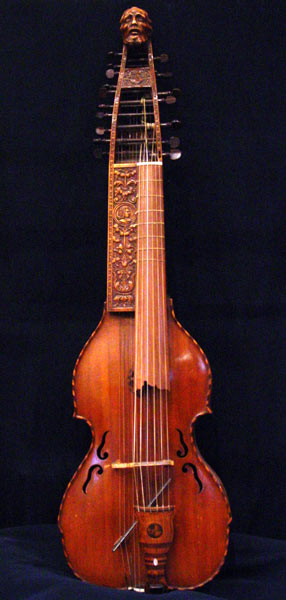
The correct name for this instrument is actually “Viola di Pardone”. The story has it, that a criminal awaiting his execution in an English dungeon invented this adorable instrument. The Lord, when he experienced him playing upon it, was so thrilled that he instantly pardonned him, from whence the name.
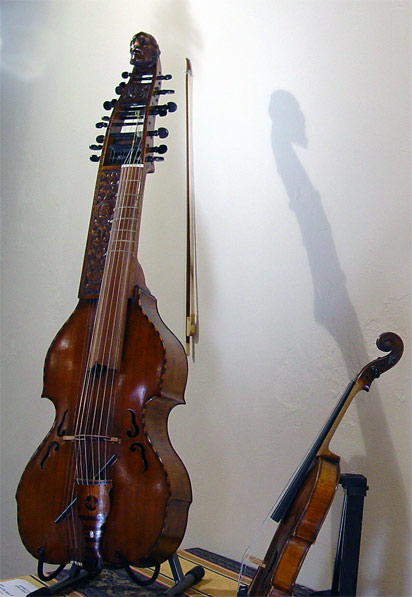
A baryton is basically a viola da gamba of six or seven strings, but provided with a large number (varies greatly between models) of thin, metal strings running behind the fingerboard that cannot be played with the bow, but resonate magically when the upper strings are bowed, much like the viola d’amore. But what’s more, these metal strings can be ably plucked by the thumb of the left hand while one bows the upper strings, thus providing one’s own accompaniment, a feat that many try but only few succeed!
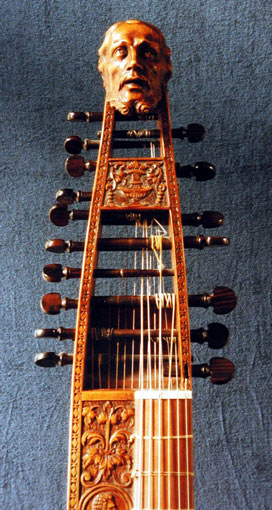 |
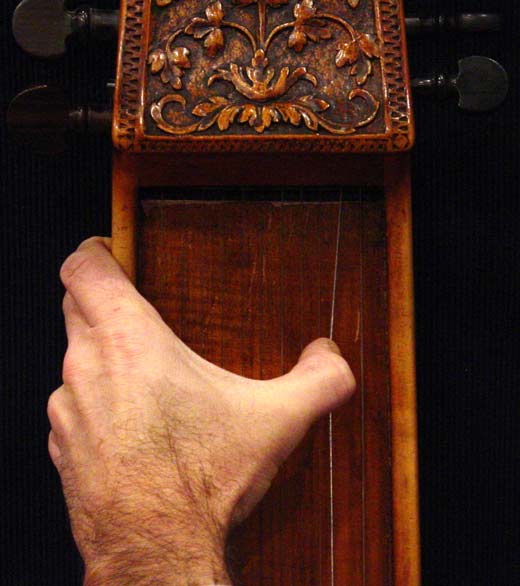 |
Prince Esterhazy was a passionate player of the viola di pardone, summoned the best soloists to his court and overwhelmed his composers with commissions for more works for it; thanks to this we now possess a rich repertoire for the instrument; Haydn alone composed at least 126 trios, a few duets, octets, etc. which are veritable gems.
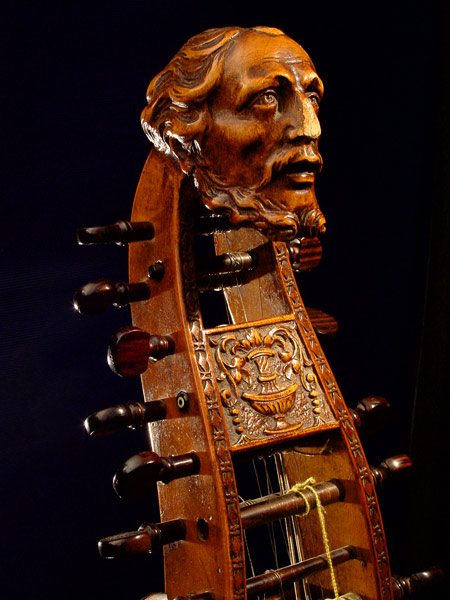
Baryton trio in Tenerife, 2005: José Vázquez, Christa Opriessnig, Lúcia Krommer
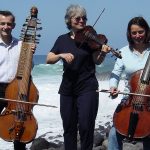
Christian Döbereiner (1874-1961) ordered this baryton from the able Munich violin maker, Ferdinand Wilhelm Jaura in 1934 and in 1936 the very first performance in modern times with a baryton took place in Munich – on our instrument, of course – Trio in D-Major by Haydn, played by Döbereiner himself. A critic from this concert appeared early in 1937 and can be seen on his page on the Orpheon website.
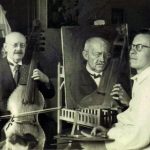
Christian Döbereiner was portrayed in oil with a baryton. Very puzzling detail: in the photograph he is holding the baryton in our collection: the head is of a bearded man. However, in the oil painting, the baryton shown, also by Jaura, has two angels’ heads; this instrument exists also today. We are trying to trace its present location. Why did the painter exchange the barytons?
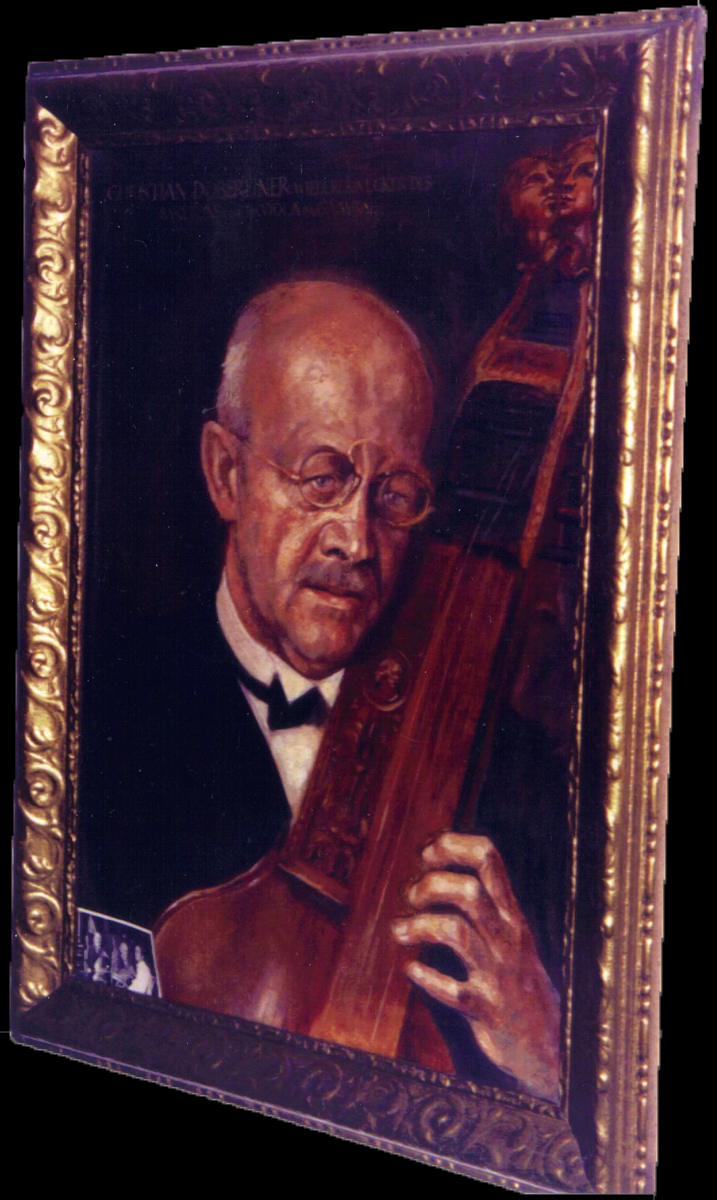

Performance in Lviv, Ukrainia, October, 2010
Do you wish to hear this instrument? Baryton-Trios by Joseph Haydn and Anton Lidl!